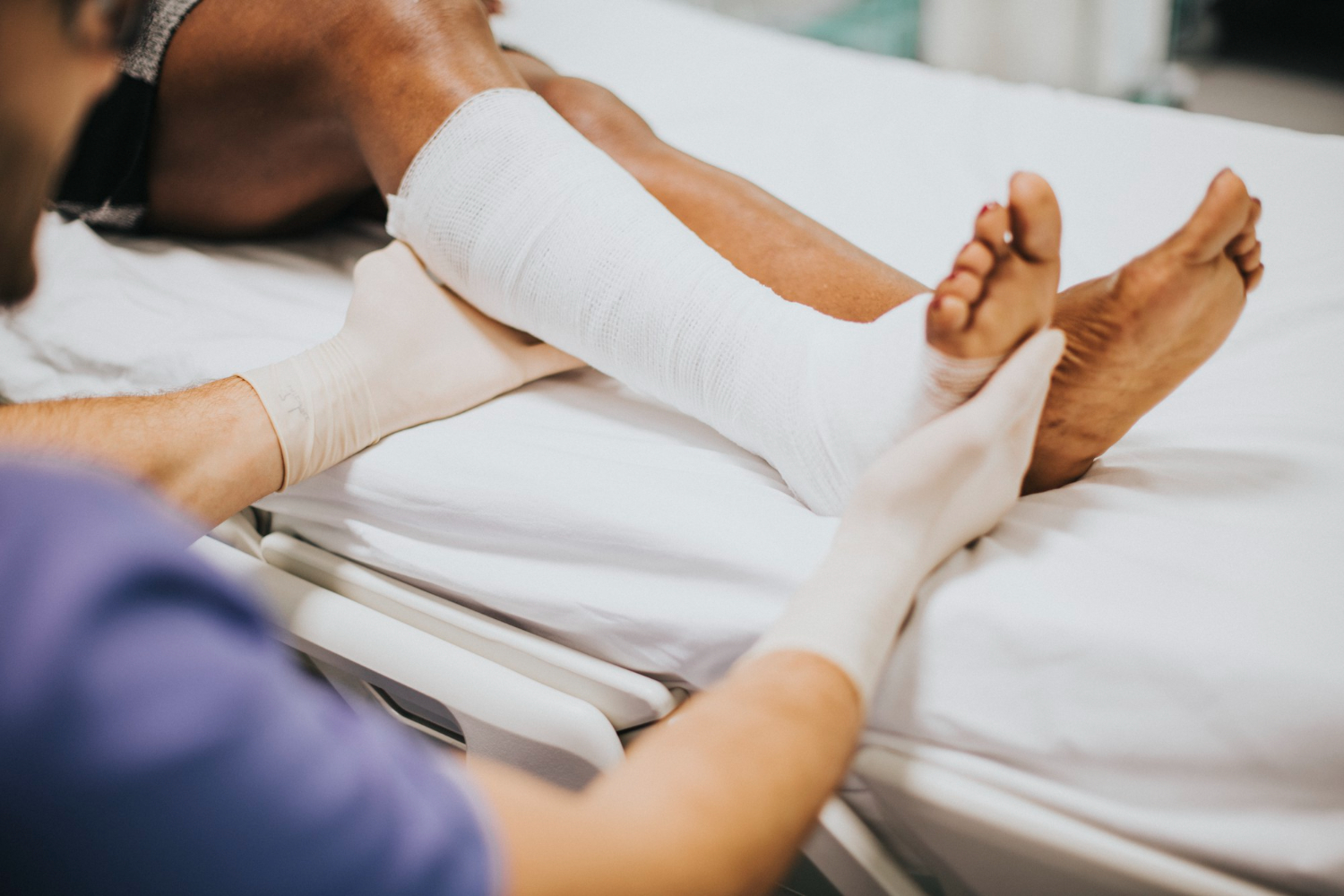Chronic wounds, defined as wounds that fail to proceed through an orderly and timely process to produce anatomic and functional integrity, or that proceed through the repair process without establishing a sustained, anatomic, and functional result, are a widespread and growing health concern. The prevalence of chronic wounds, including pressure ulcers, diabetic ulcers, and venous ulcers, is increasing due to an aging population and the rise in health conditions such as diabetes and obesity. Effective chronic wound management is critical not only to improve patient outcomes but also to minimize healthcare costs associated with long-term wound care.
Understanding Chronic Wounds
Chronic wounds can be classified into several types based on their underlying causes: pressure ulcers typically occur due to prolonged pressure on a particular area of the body; diabetic ulcers are often a consequence of peripheral neuropathy in patients with diabetes; venous ulcers are linked to venous insufficiency and poor circulation.
Certain individuals are at a higher risk of developing chronic wounds, including those with poor nutrition, compromised immune systems, or those with conditions such as diabetes or peripheral vascular disease. Chronic wounds arise when the normal wound healing process – a complex cascade of cellular and biochemical actions leading to the restoration of skin integrity – is disrupted or stalled.

The Physiology of Wound Healing
Normal wound healing comprises three stages: inflammation, proliferation, and remodeling. In the inflammatory phase, the body responds to the injury by removing dead tissue and bacteria. The proliferation stage involves the formation of new blood vessels and tissue, while the remodeling stage involves the strengthening of the new tissue.
Chronic wounds, however, are stuck in a state of prolonged inflammation, preventing them from progressing to the later stages of wound healing. This interruption can be caused by various factors such as infection, a lack of adequate blood flow to the wound, or repeated trauma to the wound area.
Diagnosis and Assessment
Early and accurate diagnosis is vital for effective chronic wound management. Clinicians typically use a combination of patient history, physical examination, wound assessment, and, when needed, diagnostic tests such as wound cultures or biopsies.
A comprehensive assessment is vital, encompassing the patient’s overall health status, nutritional status, level of physical activity, and social and psychological well-being. This helps to identify any underlying conditions that may be impeding wound healing and to tailor a personalized wound care plan.
Management of Chronic Wounds
The primary goal of wound management is to promote healing, relieve discomfort, and prevent complications such as infection. Strategies include debridement, which is the removal of dead or infected tissue to stimulate healing; infection control, achieved through regular cleaning, topical antiseptics, and sometimes systemic antibiotics; maintaining a balance of moisture in the wound, often through the use of modern dressings that keep the wound environment moist but not overly so; and ensuring good nutrition, as adequate protein and vitamin intake are critical for wound healing.

Advanced Therapies
For chronic wounds that do not respond to conventional therapies, advanced treatments are available. These include hyperbaric oxygen therapy, which involves breathing pure oxygen in a pressurized room to increase oxygen supply to the wound; negative pressure wound therapy, which uses a vacuum pump to drain excess fluid from the wound and promote healing; bioengineered skin and skin substitutes; growth factor therapies that stimulate the body’s healing processes; and cellular and/or tissue-based products for wounds (CTPs), which provide growth factors and matrix proteins necessary for healing.
Self-care and Prevention
Living with chronic wounds can be challenging but certain lifestyle changes can improve wound management. This includes maintaining a healthy diet, regular physical activity, and avoiding smoking. Home care plays a vital role, which involves regular wound care, cleaning and dressing changes.
Support for psychological well-being is also important as chronic wounds can have a significant impact on mental health. Prevention strategies can include regular skin assessments, pressure off-loading for at-risk individuals, and meticulous foot care for people with diabetes.
Future Directions in Chronic Wound Care
The field of chronic wound care is constantly evolving with ongoing research and emerging technologies. Innovative approaches such as stem cell therapy, gene therapy, and nanotechnology hold promise for improving chronic wound management. The future also lies in personalized medicine, where treatments are tailored to the individual patient’s genetic makeup, lifestyle, and environment, offering the potential for more effective and efficient wound care.Dealing effectively with chronic wounds is crucial for patient quality of life and healthcare economics. It requires an integrated approach that combines traditional wound care principles with advanced therapies and an understanding of the patient’s overall health status. There is hope for individuals dealing with chronic wounds, with the future promising an array of innovative solutions to promote healing and improve life quality.




